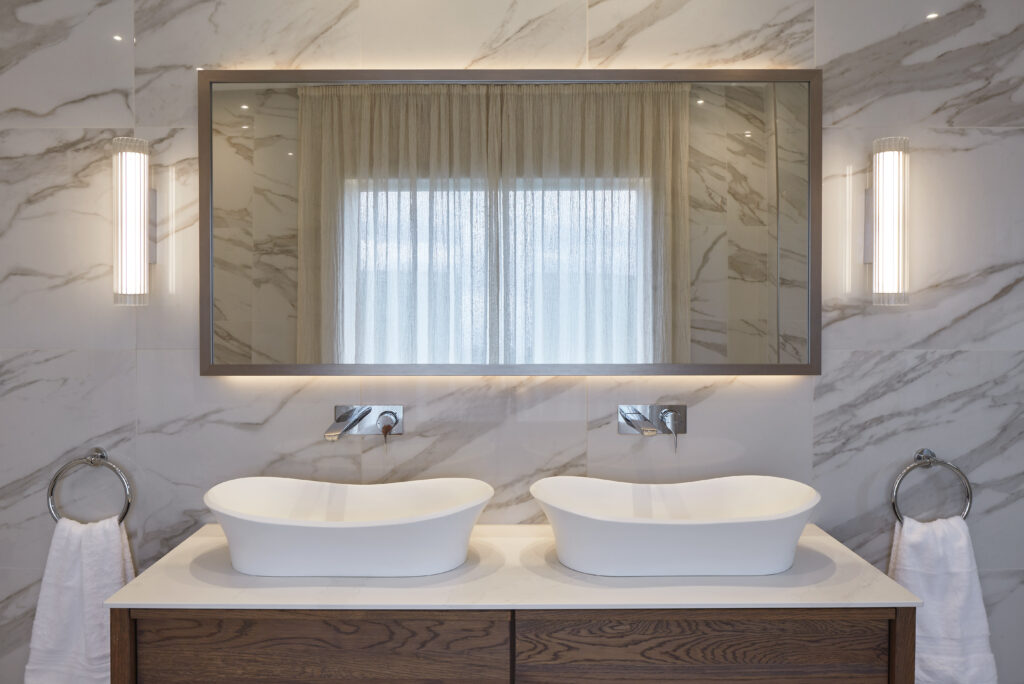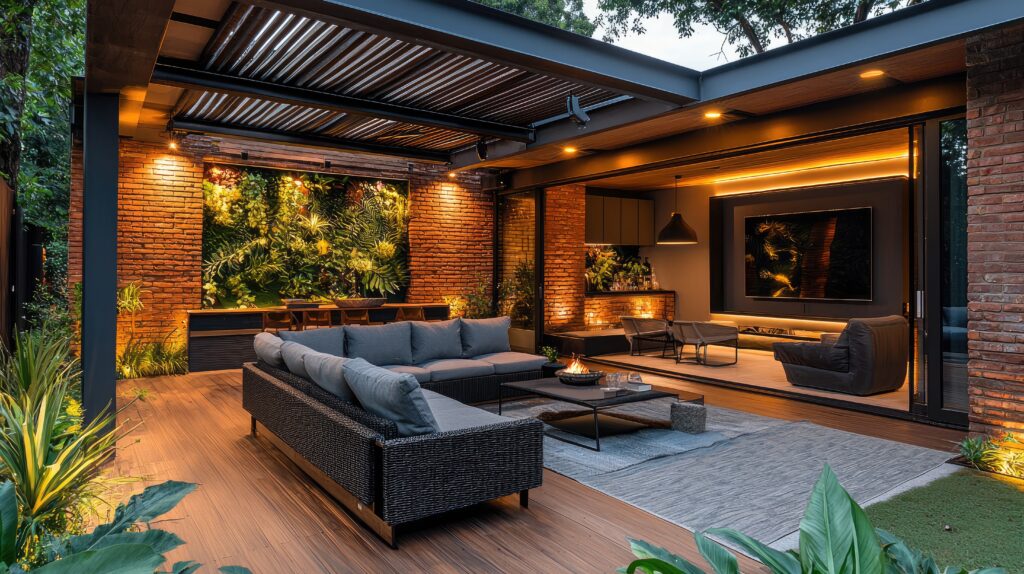Preventing water ingress in IP68 products
Siphoning of water into the body of exterior products can be a major issue for the longevity of landscape lighting designs and is a common cause of failure in ground lights. This article will explain why this is the case and how Collingwood products overcome it.
There are a number of reasons why water can enter the body of ground lights. Firstly, from the top of the fitting, if submerged by design or accident, and from underneath, via the cable entry point. The water that enters from underneath the fitting, via the cable, is more insidious and has greater underlying impacts.
The climate of the installation location can have a substantive impact on the propensity for siphoning to occur repeatedly, over time, specifically the role of the water table. Generally high water saturation and underlying topography can mean that, with some products in the market, repeated failures due to siphoning are likely, despite preventative measures that can be taken in the landscape.
The effects on the luminaire, when it does occur, are irreparable and replacements are required. This is due to the general damage that occurs to both the electrical and material components when they come into contact with water.
Fortunately, Collingwood has a solution to this problem: a patented anti-siphon bung and sealed for life products. IP68 ground lights are sealed for life at the point of manufacture, which means that impacts of environmental exposure, like air and humidity, are minimised internally.
The anti-siphon bung was designed and developed specifically to prevent water ingress from the underside of the fitting. The black bung is clearly visible when looking at the cable entry on the underside of the luminaire.
Using Collingwood products with this technology will eliminate the challenges highlighted in this article and is one of the main reasons why a 7 year extended warranty reinforces the confidence that we have in the range.



